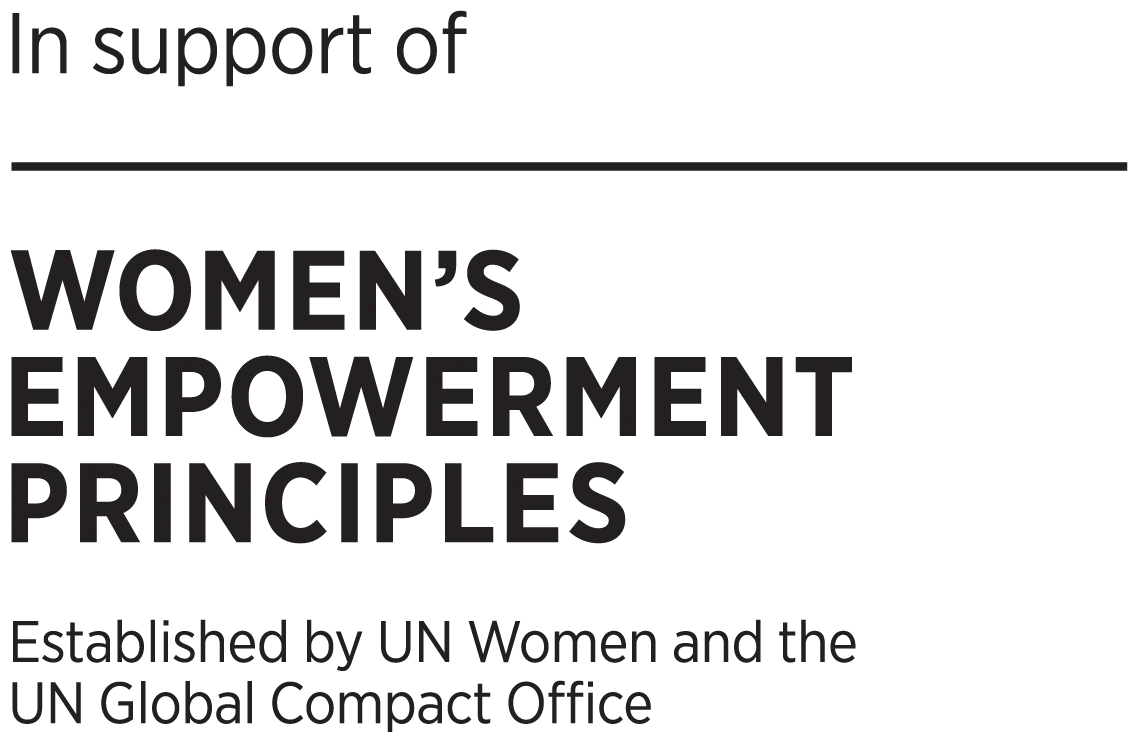Step Forward, Not Back: Women and Work Post-pandemic
How Covid-19 can help us empower working women
By Holly Ann Baldwin
The COVID-19 pandemic has had a huge impact globally on the economy, health and jobs[i]. But that impact has not been felt evenly. There have been significant differences in case levels between regions and countries[ii]. Economic and health and well-being impacts vary with age and income levels, although the picture is quite complex[iii].
COVID-19’s impact varies by gender as well. As a report from the World Bank puts it, the pandemic is not gender-blind’[iv]. From early in the pandemic, alarms were being raised about the threat it posed to women in particular. According to the United Nations, for example, ‘across every sphere, from health to the economy, security to social protection, the impacts of COVID-19 are exacerbated for women and girls simply by virtue of their sex’[v].
Women and work
One area of significant impact is in terms of work and job security. Women represent just under 40 per cent of global employment but, according to one study, account for 54 per cent of global job losses. The same study found that women’s jobs were 1.8 times more vulnerable to the pandemic than men’s jobs[vi]. Another study, this time of working women in nine countries around the world, found that 70 per cent of the women surveyed who had negative experiences of the pandemic believed that their opportunities for career advancement were limited[vii]. Research suggests that in the United States, one in four women are thinking of leaving the job market, cutting the hours they work or stepping down to a less demanding role[viii]. In this article, I want to draw attention to how COVID-19 is affecting working women and to sketch out ways in which we can do things differently post-pandemic.
Same old, same old?
So, what is happening and why? The scale of the pandemic brings many new challenges, but its impact on women is further exacerbated by existing inequalities and challenges in the job market. In many countries, women occupy a disproportionate share of low-income jobs; often in more informal sectors of the economy which often lack the protection extended to other workers[ix]. Women are also often over-represented in face-to-face services, a sector that has been hit by lockdown countries such as the UK[x]. Globally, women earn less and have less job security making them less able to support the economic fallout of the pandemic[xi].
At the same time, many women experience the ‘double burden’ of paid work and (unpaid) domestic labour. The pandemic has increased that home burden for many, not least as a result of school closures. One survey of working women, for example, found that 65 per cent reported increased responsibility for household duties and over half had increased childcare and home-schooling tasks[xii]. Even when a working woman’s partner takes on additional household work during lockdown, evidence suggest that the main share is still borne by the woman in most cases[xiii].
Post-pandemic
Despite the negative impact of the pandemic, there are some positive signs. The first is the increase in homeworking. A UK study found that, on average, employers reported over half of their workforce was working full time at home[xiv]. The same study also found that the proportion of employees working from home is expected to increase twofold post-pandemic. In practice, the homeworking experiences of both employers and employees is mixed but, supported by the rapid development and deployment of digital technology, increased homeworking seems a very likely scenario. Appropriately implemented, this could significantly increase the opportunity for more flexible work arrangements that could offer benefits to women across the course of their careers.
A second potentially positive impact may, ironically, arise from the very problems that this article has highlighted. The disproportionate impact of the pandemic on different groups has attracted attention to the underlying disparities that have worsened the effects on those hit the hardest. At the same time, it has been suggested that the experiences of those partners who have found themselves taking a larger share of domestic work, may encourage the breakdown of traditional gender roles.[xv]
Going forward
Post-pandemic, we need to address both the immediate effects of COVID-19 and the deep-rooted barriers and obstacles to full empowerment of women in the workplace. For that to happen, innovative organisations must lead the way to learn from COVID-19 and build flexible working environments that maximise diversity, inclusivity, and productivity. Only thus will women really thrive in businesses worldwide.
Some practical steps that businesses could take include a thorough review of work roles, addressing opportunities for homeworking full- and part-time. This will increase the chances of women having the flexibility to juggle family and work life without renouncing or falling behind on either.
Another immediate step that we could take involves job roles evaluation. While advertising for new positions and producing job descriptions for our employees, we must ensure that roles are sustainable for everyone in the long run, regardless of their gender. We can achieve this by introducing modern, forward thinking solutions, such as on-site childcare support.[xvi]
March 8th, International Women’s Day, is a good day to start our journey towards a more inclusive, post-pandemic era.
_______________________________________________________________________________
Innovative change is at the heart of Oxentia’s mission to bring new ideas to life. We work actively with our clients to encourage and support entrepreneurs around the world. Many of these entrepreneurs are focused on achieving sustainable development goals, including reducing inequality and achieving sustainable economic growth. We also offer programmes specifically aimed at developing women leaders and entrepreneurs. Please register your interest here.
[i] https://www.oecd.org/coronavirus/en/themes/global-economy
[ii] https://covid19.who.int/
[iii] Belot, Michèle, Syngjoo Choi, Julian C Jamison, Nicholas W Papageorge, Egon Tripodi and Eline Van den Broek-Altenburg (2020), “Unequal consequences of COVID-19 across age and income: Representative evidence from six countries”, Covid Economics 38
[iv] World Bank (2020), Gender dimensions of the COVID-19 pandemic. World Bank Group
[v] United Nations (2020), Policy brief. The impact of Covid-19 on women. United Nations
[vi] McKinsey Global Institute (2020). COVID-19 and gender equality: Countering the regressive effects. McKinsey and Company.
[vii] Deloitte (2020), Understanding the pandemic’s impact on working women. Deloitte Touche Tohmatsu Limited
[viii] McKinsey (2020), Women in the Workplace. McKinsey and Company/Lean-In
[ix] World Bank (2020), Gender dimensions of the COVID-19 pandemic. World Bank Group
[x] Hupkau, Claudia and Barbara Petrongolo (2020). Work, care and gender during the Covid-19 crisis. Centre for Economic Performance, London School of Economics
[xi] United Nations (2020), Policy brief. The impact of Covid-19 on women. United Nations
[xii] Deloitte (2020), Understanding the pandemic’s impact on working women. Deloitte Touche Tohmatsu Limited
[xiii] Gestoso, Patricia and Eva Turk (2020), Life under lockdown 2020: Impact of COVID-19 on professional women’s unpaid work. PWN Norway
[xiv] CIPD (2020), Embedding new ways of working: Implications for the post-pandemic workforce. London: Chartered Institute of Personnel and Development
[xv] Hupkau, Claudia and Barbara Petrongolo (2020). Work, care and gender during the Covid-19 crisis. Centre for Economic Performance, London School of Economics
[xvi] See, for example, long-standing predictions about on-site childcare.





































